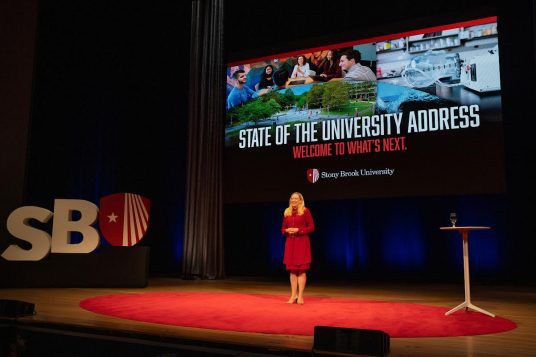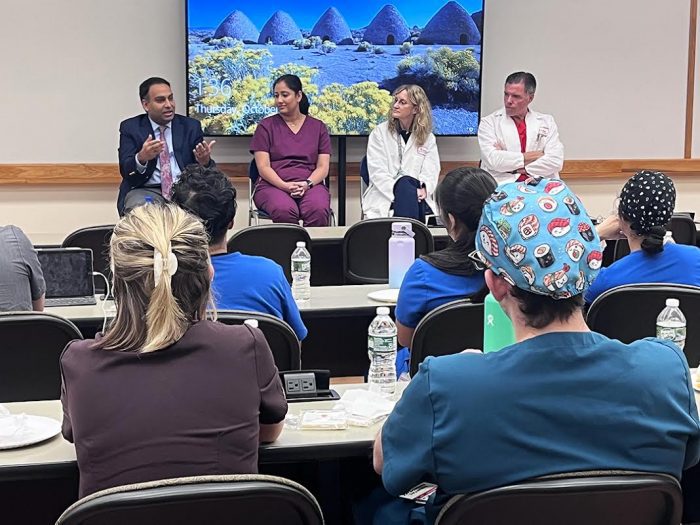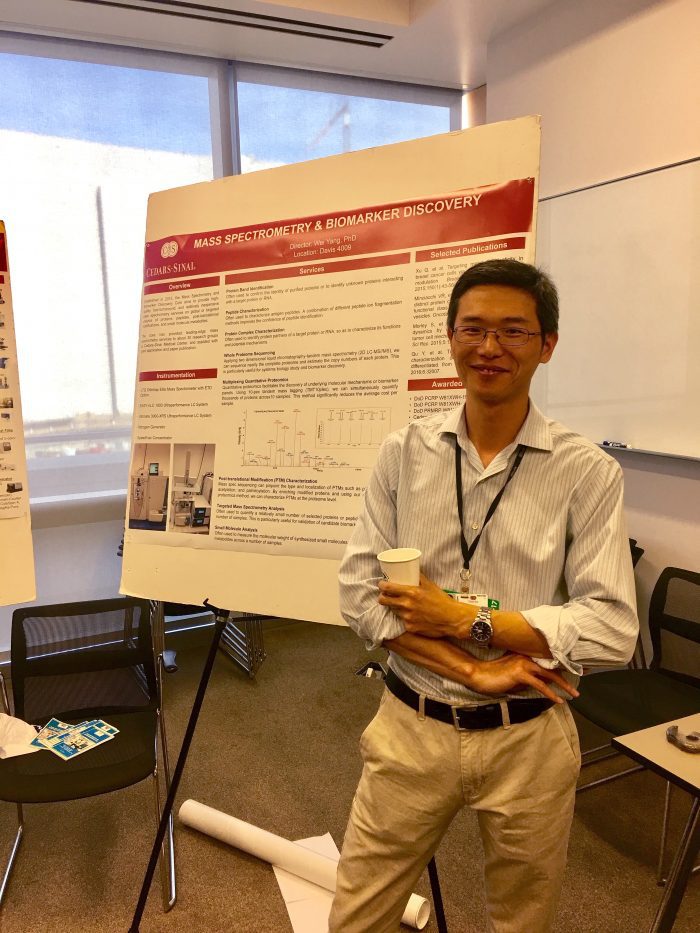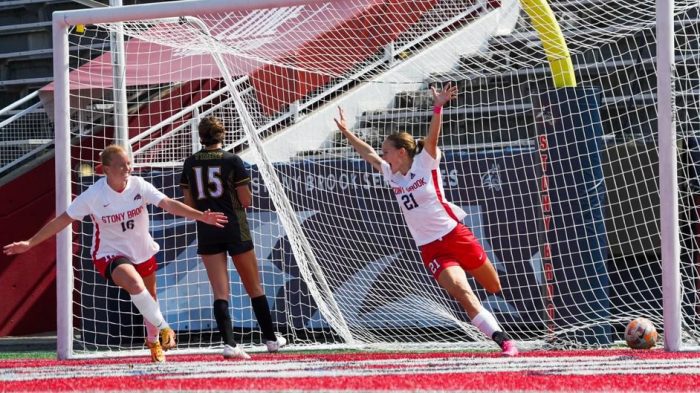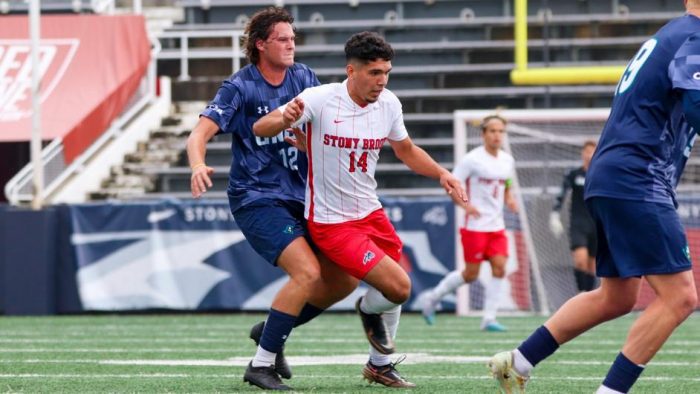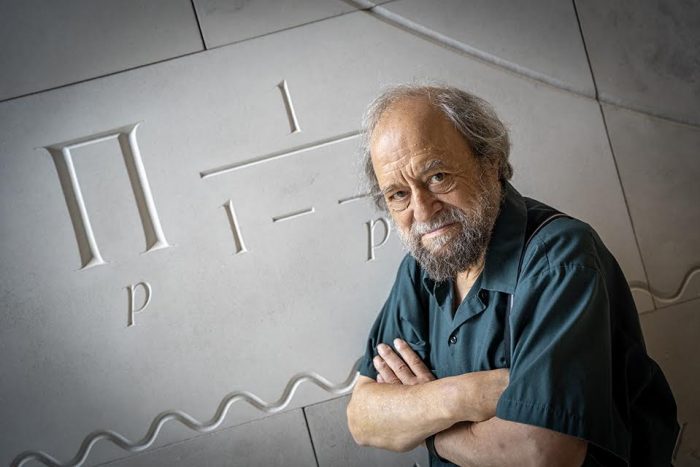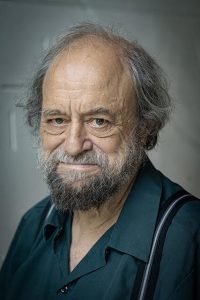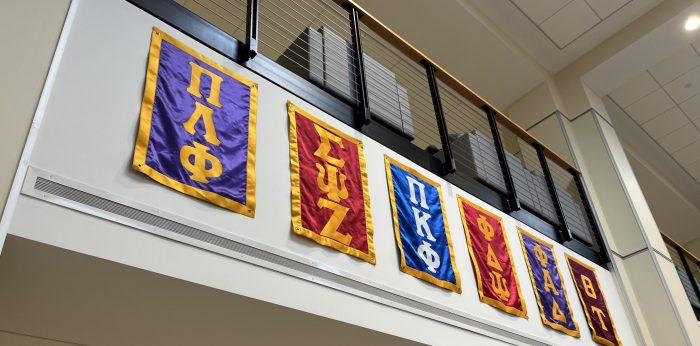Making a Difference: What’s Next for Stony Brook?
“A lot can happen in just a year at Stony Brook University…welcome to what’s next,” identified President Maurie McInnis, who delivered her second State of the University address to students, faculty, staff, elected representatives and local community members on Oct. 11. In addition to discussing the university’s numerous achievements since last year’s State of the University, President McInnis shared her and her team’s vision on how the flagship university is looking to continue its mission to “take on the big challenges, make a difference and change the world.”
According to the President, through the “close collaboration with faculty, staff and administrator across the institution, as well as welcomed support from government and institutions from across New York,” she reminded her audience of some of the university’s achievements since the last State of the University including:
-
Welcoming the first cohort of Simons STEM Scholar students;
-
The University being selected as the anchor institution for The New York Climate Exchange on Governors Island;
-
Achieving our highest ranking from the US News & World Report (#1 New York’s public college and #58 nationally)
-
Stony Brook University Hospital was named one of America’s 50 Best Hospitals in 2023 by Healthgrades, putting it in the top one percent of the country;
-
Stony Brook garnered its highest state funding in a decade; and
-
The university received a $500 million endowment gift from the Simons Foundation which is the largest unrestricted endowment donation in the history of US higher education. It also serves to more than double the entire endowment previously held by the university.
Also, the President shared her strategy for success by implementing “the three Rs” which serve as guideposts to enable success: “Recognition,” “Revenue” and “Reputation.”
-
Stony Brook provides recognition by “celebrating the amazing faculty and staff [as well as students] who are building a culture of ambition and excellence.”
-
Regarding revenue, the university looks to raise the matching funds that will build our endowment and will look for ways to secure the ongoing support needed to grow and to maintain operations.
-
Stony Brook will continue to build our reputation by letting the world know that it is New York’s number one public university, a flagship institution, a top health care system hospital, and an innovative research university focused on addressing the world’s most important challenges.
President McInnis stressed the university’s efforts to develop more multidisciplinary collaborations to address important questions and tackle some of the greatest challenges of our time. As the university moves forward, one of the priorities includes supporting faculty who are working at the spaces between disciplines and forming partnerships supporting climate science, clean energy, healthcare and quantum information science.
The President also addressed how the university community will use its past successes to pave the way to the future with programs like the new Collaborative for the Earth faculty-driven initiative that looks to leverage Stony Brook’s role as a climate solutions leader. It will bring together members from almost every school and college in the university, representing a united effort to work across disciplines and perspectives to develop equitable solutions.


